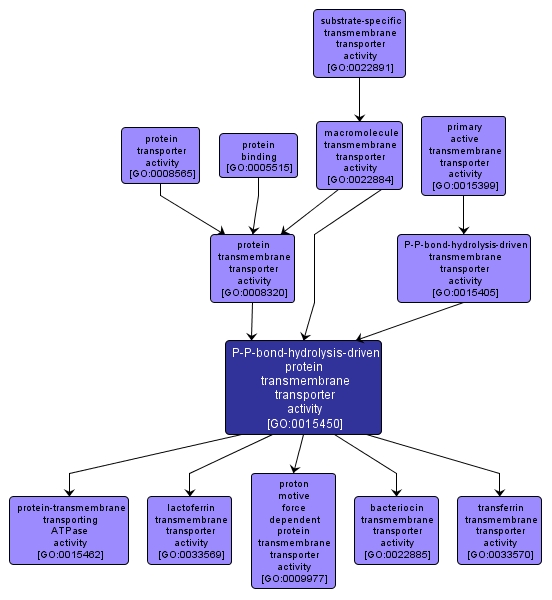| Desc: |
Primary active carrier-mediated transport of a protein across a membrane, driven by the hydrolysis of the diphosphate bond of inorganic pyrophosphate, ATP, or another nucleoside triphosphate. The transport protein may or may not be transiently phosphorylated, but the substrate is not phosphorylated. |














